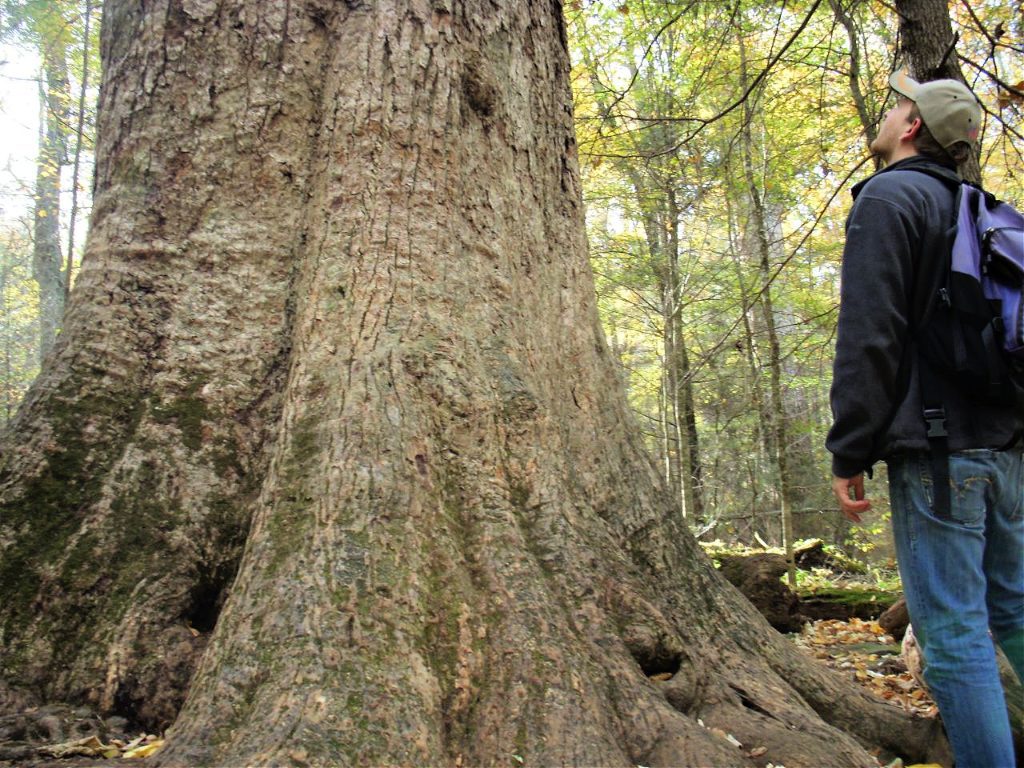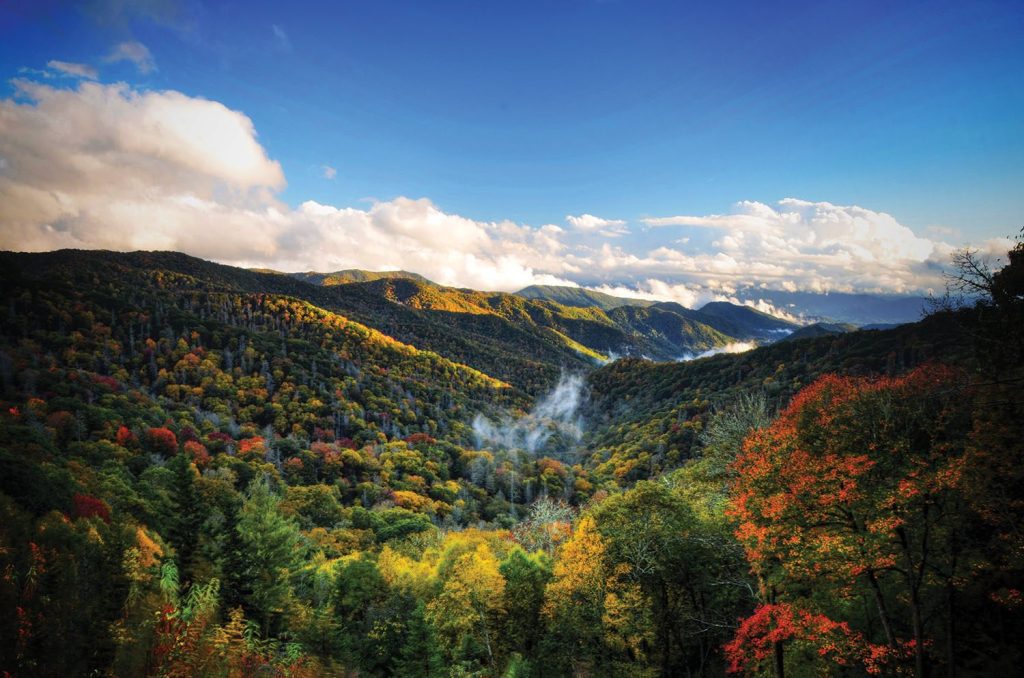Exploring the Joyce Kilmer Memorial Forest

The Joyce Kilmer Memorial Forest in Graham County, N.C., inspires the kind of hushed awe that can only be found in rare old-growth forests. Widely undiscovered by most, this forest, part of the Nantahala National Forest, lives under the protective watch of the US Forest Service and has remained untouched by logging and development since […]
3 Days to Explore the NC Smoky Mountains – An Itinerary for Travel Inspiration

The Smoky Mountains provide visitors with thousands of things to do, and for first time visitors and weekend warriors it may be daunting to figure out how to squeeze it all in to three days. Hit the highlights of this outdoor-lover’s paradise with this three-day itinerary that will help you discover some of the region’s […]
